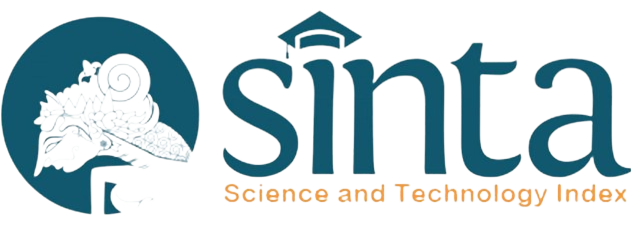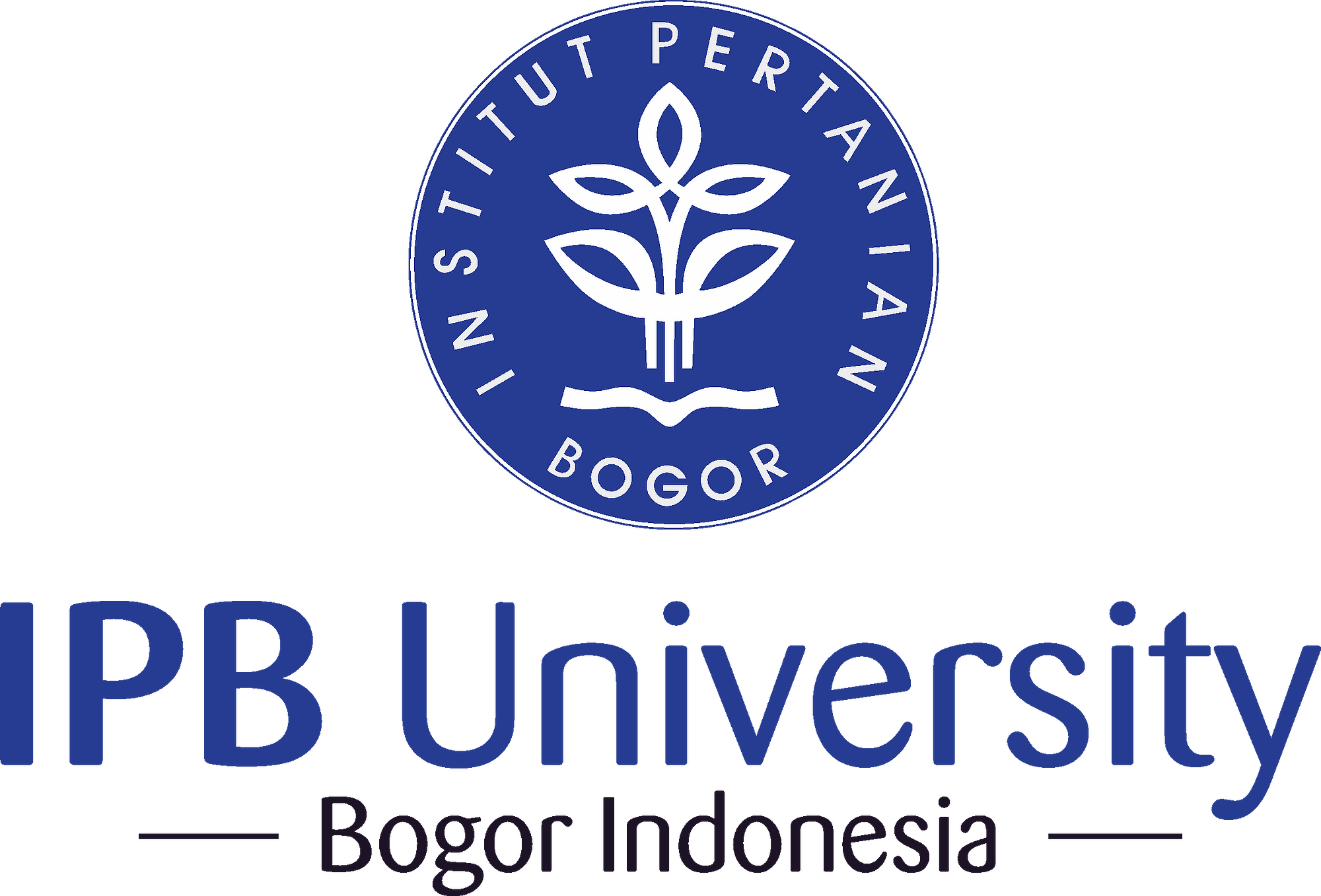The Use of Plant Growth-Promoting Rhizobacteria (PGPR) and Antagonistic Yeast to Increase Plant Growth and Control of Anthracnose Diseases of Papaya in the Field
Abstract
Papaya production faces a destructive anthracnose diseases in Indonesia. Biological control used a combination of plant growth-promoting rhizobacteria (PGPR) and Cryptococcus albidus potential to control the diseases. The research objective was to assess the effectiveness of PGPR consisting of a mixture of Pseudomonas fluorescens, Bacillus polymixa, yeast antagonists, and it’s combination of PGPR and Cryptococcus albidus in controlling anthracnose disease, increasing the growth and yield of papaya under field conditions. An experiment was conducted in Bogor, West Java. Treatments were the application of PGPR in the nursery (P1), yeast antagonists application after papaya flowers anthesis (P2), the combination of two applications P1 and P2 (P3), and conventional plant protection using weekly spraying of fungicides with active ingredient Mankozeb 80% (P4). The experiment was arranged in a randomized complete block design with six replications as blocks with sixteen plants per block. PGPR, yeast antagonist and its combination significantly suppressed anthracnose diseases of papaya under field conditions, and increase plant growth. Moreover, the combination of applications also increased the papaya seed germination.
Keywords: biological agents, biological control, Colletotrichum sp., fruit production, plant growth













